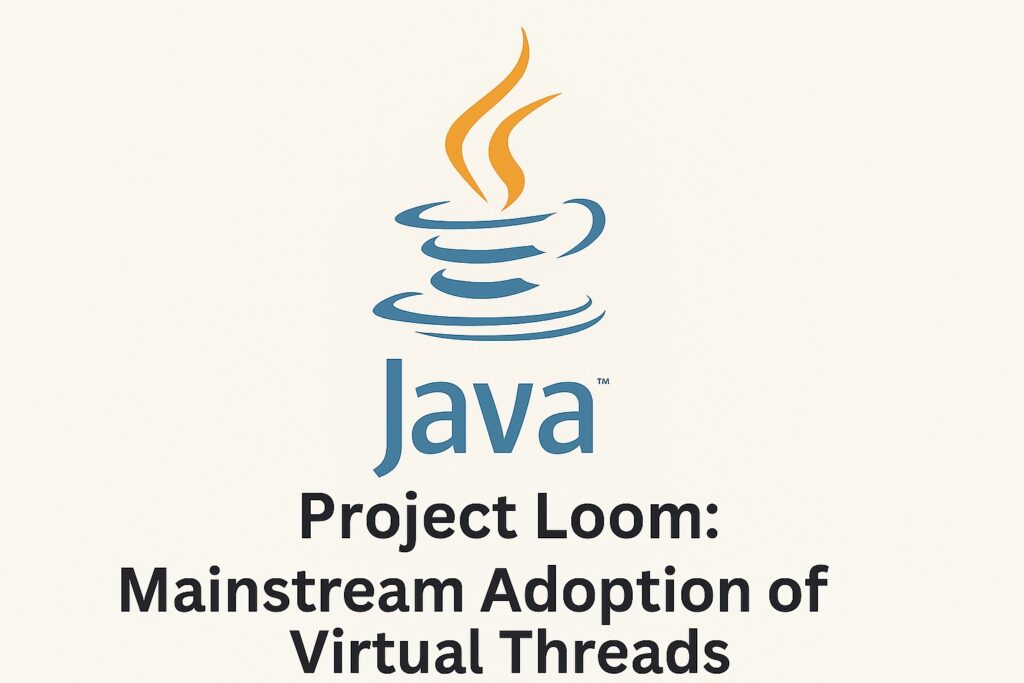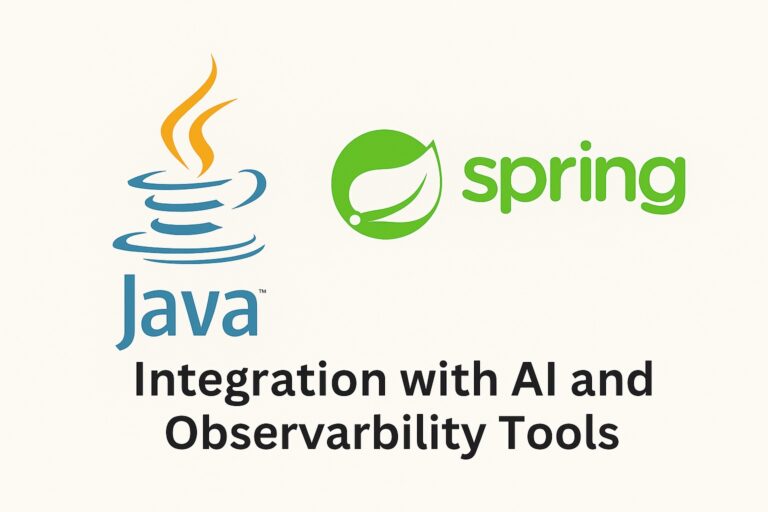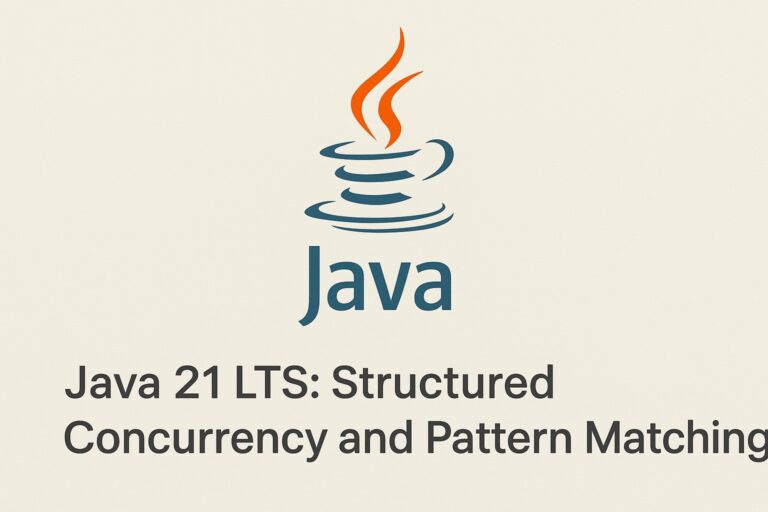1. Introduction
Project Loom is a groundbreaking initiative by the Java team aimed at revolutionizing concurrency in the Java platform. With the introduction of virtual threads, Java developers can now write highly concurrent applications using a lightweight threading model that simplifies code and improves scalability. As virtual threads become a mainstream feature in recent Java releases, they promise to reshape how developers approach parallelism and asynchronous programming.
This article explores the motivation behind Project Loom, the problems it addresses, and how developers can begin adopting virtual threads in their applications.
2. Problem Statement
Traditional Java concurrency relies on platform threads, which are mapped directly to operating system threads. While effective for many workloads, this model introduces several limitations:
- High memory overhead per thread
- Limited scalability due to OS thread constraints
- Complex asynchronous code using callbacks or reactive frameworks
- Thread pool management and blocking operations require careful tuning
These challenges make it difficult to build scalable, maintainable, and performant applications, especially in high-concurrency environments like web servers and microservices.
3. Solution Overview
Project Loom introduces virtual threads, a new type of thread managed by the Java runtime rather than the operating system. Key benefits include:
- Lightweight threads: Thousands or even millions of virtual threads can be created with minimal overhead.
- Simplified concurrency: Developers can write blocking code in a synchronous style without worrying about thread starvation.
- Improved scalability: Applications can handle more concurrent tasks without complex thread pool configurations.
- Compatibility: Virtual threads integrate seamlessly with existing Java APIs like
ExecutorService,Thread, andRunnable.
This model allows developers to write clean, readable code while achieving the performance benefits of asynchronous systems.
4. Implementation
Here’s a simple example of using virtual threads in Java 21+.
Creating Virtual Threads with Thread.startVirtualThread
public class LoomExample {
public static void main(String[] args) {
Runnable task = () -> {
System.out.println("Running in virtual thread: " + Thread.currentThread());
};
Thread.startVirtualThread(task);
}
}Using Virtual Threads with ExecutorService
import java.util.concurrent.ExecutorService;
import java.util.concurrent.Executors;
public class LoomExecutorExample {
public static void main(String[] args) {
try (ExecutorService executor = Executors.newVirtualThreadPerTaskExecutor()) {
executor.submit(() -> {
System.out.println("Executed in virtual thread pool");
});
}
}
}Mixing Virtual Threads with Blocking I/O
public class BlockingIOExample {
public static void main(String[] args) {
Thread.startVirtualThread(() -> {
try {
var content = new java.net.URL("https://example.com").openStream().readAllBytes();
System.out.println("Downloaded " + content.length + " bytes");
} catch (Exception e) {
e.printStackTrace();
}
});
}
}5. Conclusion
Project Loom brings a paradigm shift to Java concurrency by making virtual threads a first-class citizen. With minimal changes to existing code, developers can unlock massive scalability and write cleaner, more intuitive concurrent programs. As virtual threads become widely adopted, they will reduce the need for complex reactive frameworks and make high-performance Java applications more accessible to all developers.
Now is the time to explore Project Loom and embrace the future of lightweight, scalable concurrency in Java.



